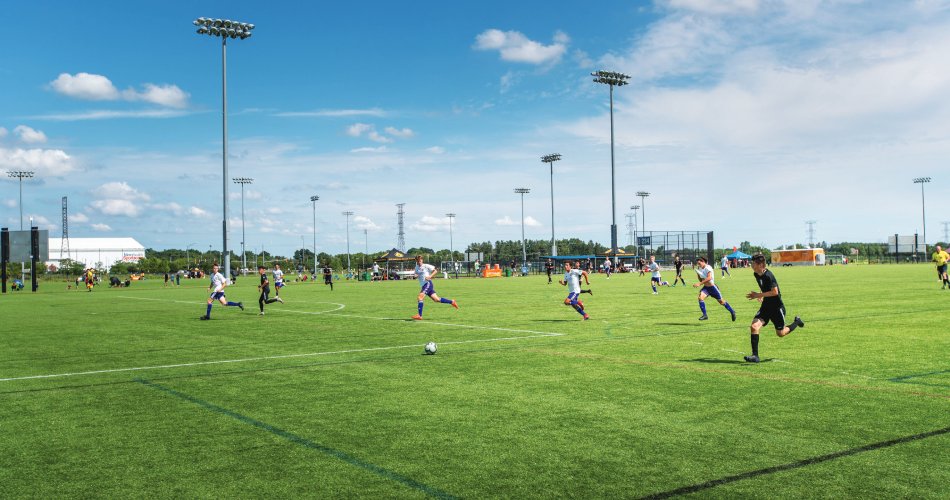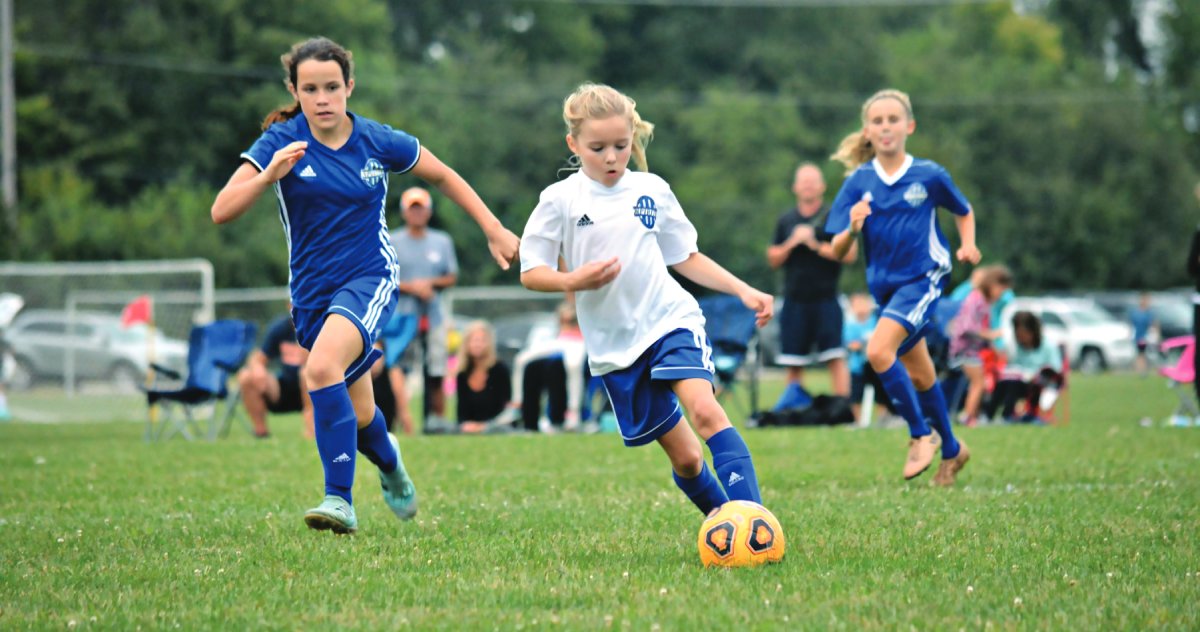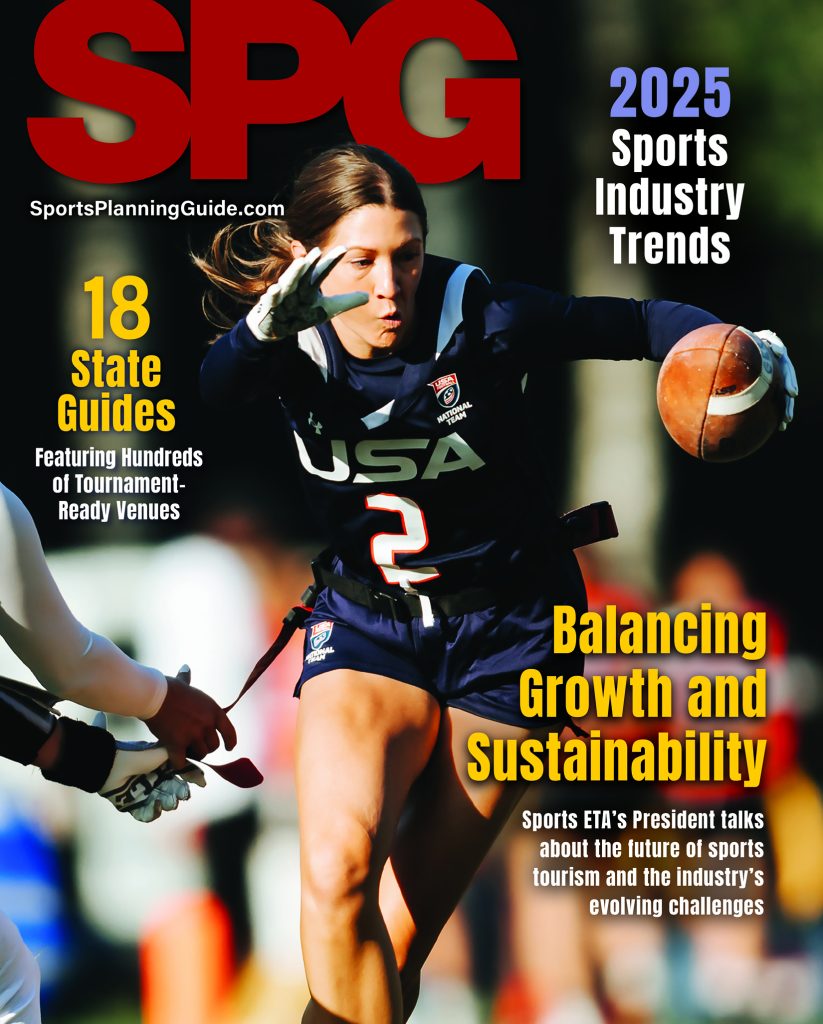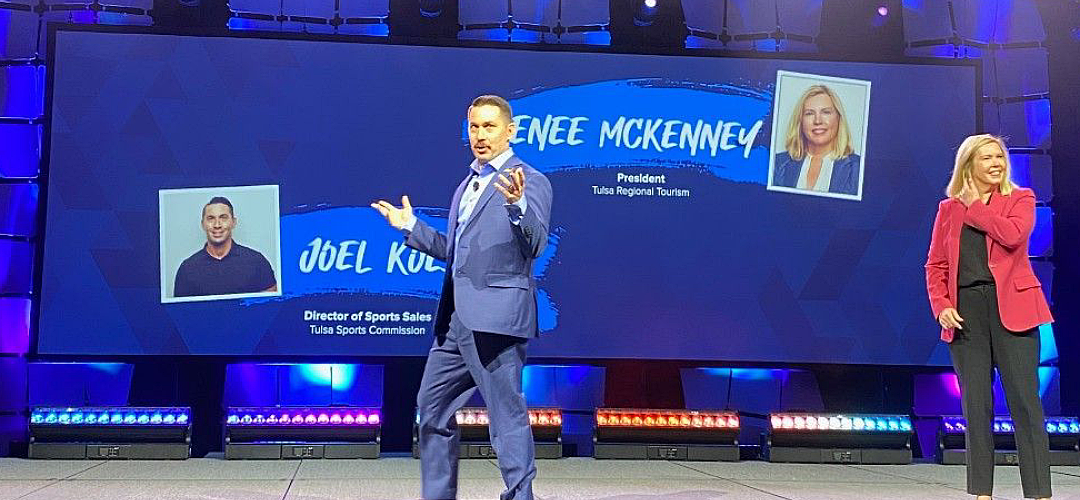Americans’ passion for soccer continues to steadily climb
Over the past three decades, not only has the number of soccer fans increased on a spectator level, active participation in the sport has also seen a big boost. Programs to increase interest, including easier accessibility and larger pools of coaches, among other improvements, have helped soccer surpass ice hockey as the fourth most popular team sport in the United States.
Origins of the Soccer’s rise in the US
The National Federation of State High School Associations (NFHS) reported that, in 2021 and 2022, more than 800,000 students played on high school soccer teams. This number places the sport fourth behind football, basketball and track. Despite only being fourth in high school participation, it’s still a huge leap from previous reports from the 1970s, when soccer had less than 50,000 students playing in high school and ranked outside the Top 10 in popularity.
Congratulations for soccer’s national success does not come down to one, two, or even a dozen organizations, but rather monumental efforts by thousands from the largest cities to the smallest villages across the country. Of course, one would be remiss to exclude two major events that took place in the 90s—the 1994 FIFA Men’s World Cup and the 1999 FIFA Women’s World Cup. Though soccer had long been more popular among female athletes in the States, these two events were launching pads for significantly stronger nationwide interest in “the beautiful game.”
The 1990s also saw the emergence of Major League Soccer (MLS), which has become the stalwart professional soccer league for men in both the United States and Canada. With the league’s greater interests in developing homegrown talent, youth programs have accelerated into producing their own conferences within MLS NEXT, the successor of the U.S. Soccer Development Academy. Consisting of 590 teams from 133 clubs across the nation, young players from U13 through U19 compete to improve their skills and potentially move up the chain. Of course, most young players in the U.S. will not partake in those MLS NEXT competitions, and even less who do will not get to the pros, so it’s important for MLS teams to also support their communities through other initiatives. The New York Red Bulls, for example, operate youth programs through official partner clubs. These youth clubs provide programs to learn and play, while the Red Bulls offer support and unique training experiences, including those for young people with special needs through TOPSoccer.

The divide in affordability for Soccer programs
Price points for youth clubs can vary significantly though, and not everyone can afford for their children to play at premier clubs at premier prices. In a March 2023 feature for The New York Times, writer Matt Richtel commented that poor children are falling behind their affluent peers in sports and general physical activity, creating a “physical divide.” Cuts to spending, leading to a change of physical education and team sports priorities at schools is partially to blame—as is the multi-billion-dollar privatization of youth sports. While premier clubs can be worthwhile experiences for young players and their families, not everyone can afford the hundreds or thousands in annual costs to participate.
Though there is still a way to go to curtail the divide, support has emerged across the nation in different forms. MLS teams have taken note and have been partnering up with lower cost clubs as well to offer better experiences for young players. Nashville-based tournament organizer 3v3 Live strives to keep costs low while offering unique team and player experiences and intense competition.
“One of the unique things about [the 3v3 Live National Championship in The Palm Beaches] is that [to begin] teams play regional championships in 15 different cities across the country, and the winners of those events actually get to play free here in this event,” said Eddie Meador, president of 3v3 Live. “All in all, about 5,000 people have been here over the last two days.”
Youth soccer participation is also being bolstered by community programs. The City of Detroit Parks & Recreation Division announced in 2023 their plan to help diversify the sport and boost youth participation by offering the lowest league cost in the entire region. Registration is already open for the aptly named Soccer in the D, and families can register players between 3–14 for just $35 for an entire season.
“Soccer in the D has created ‘soccer moms and soccer families’ in the city of Detroit,” said Shay Lewis, manager of athletics at Detroit Parks & Recreation. “It’s great to see grandma, uncle, mom and dad on the sidelines of our soccer fields cheering on the kids. That’s what sports do; it brings families and communities together.”
Programs at lower cost require volunteers though, and Detroit Parks & Recreation are not alone in that regard for need. It’s important for those with the knowledge of the sport to become involved to boost their community. Being there for tournaments and events to help young players develop as athletes and as people is critical to the game and their futures.
By Christopher D. Silbernagel
Main photo: Springfield Area Soccer Association (SASA) Complex offers young players of all ages and skills the chance to play. Photo courtesy of Visit Springfield.




